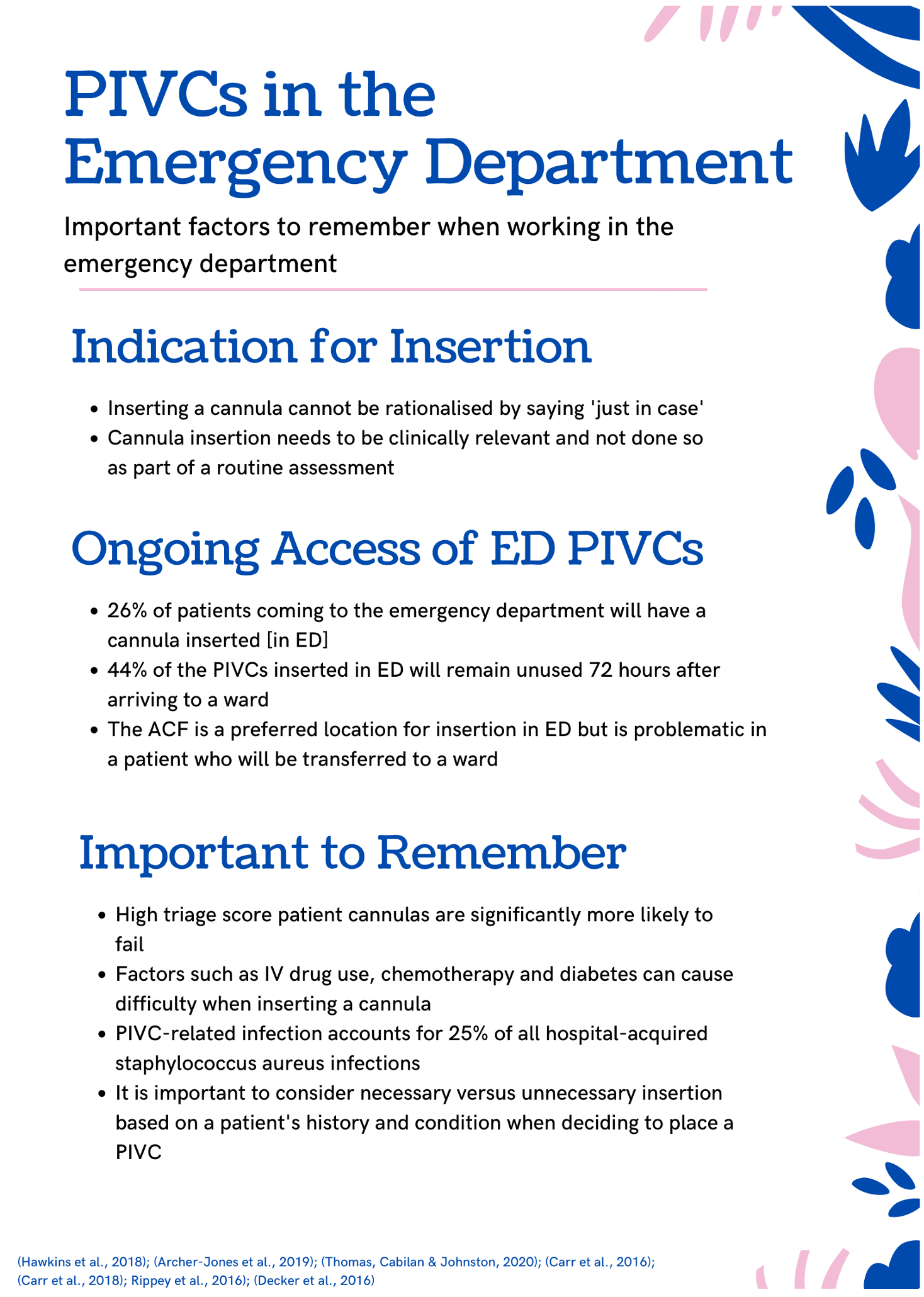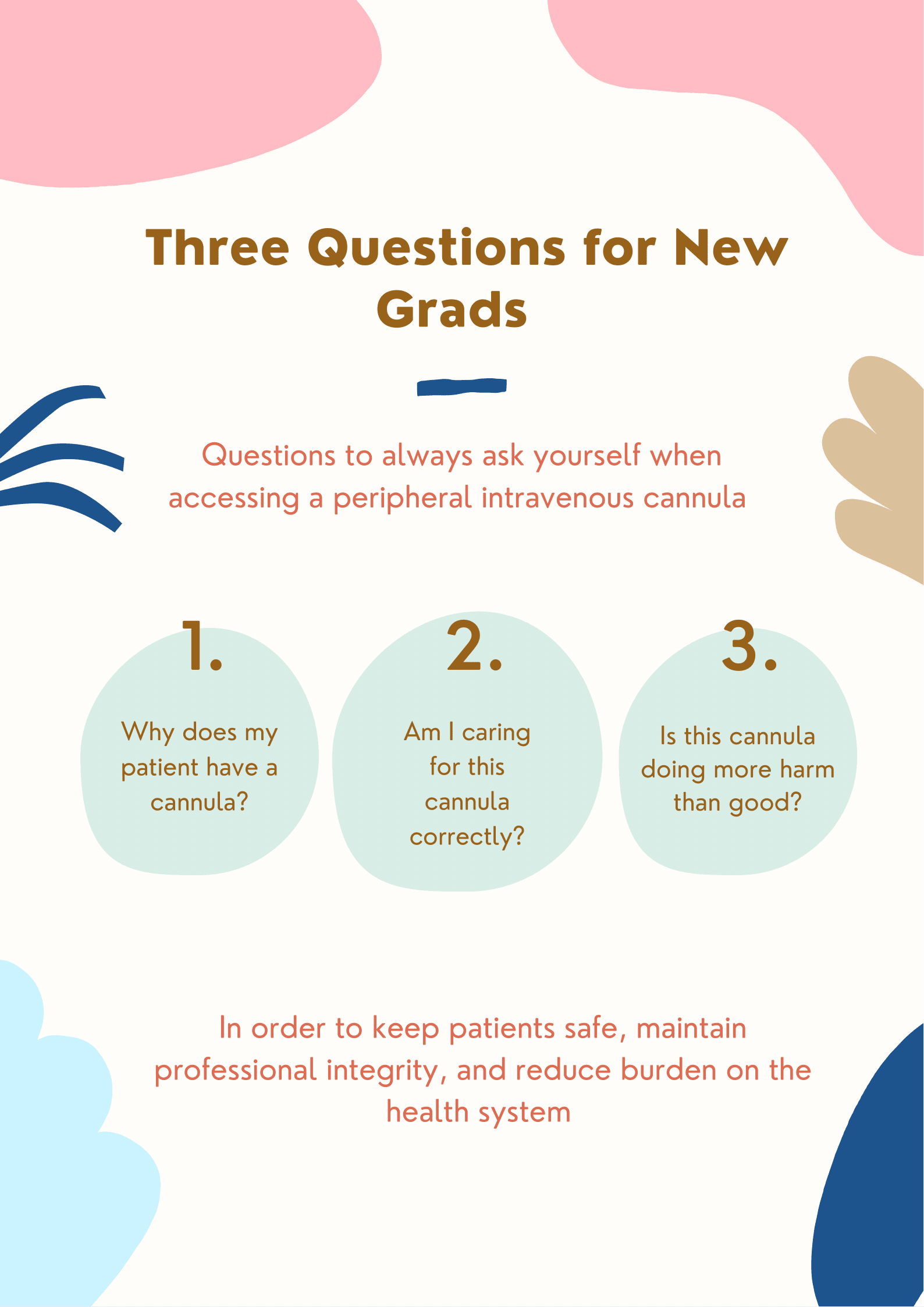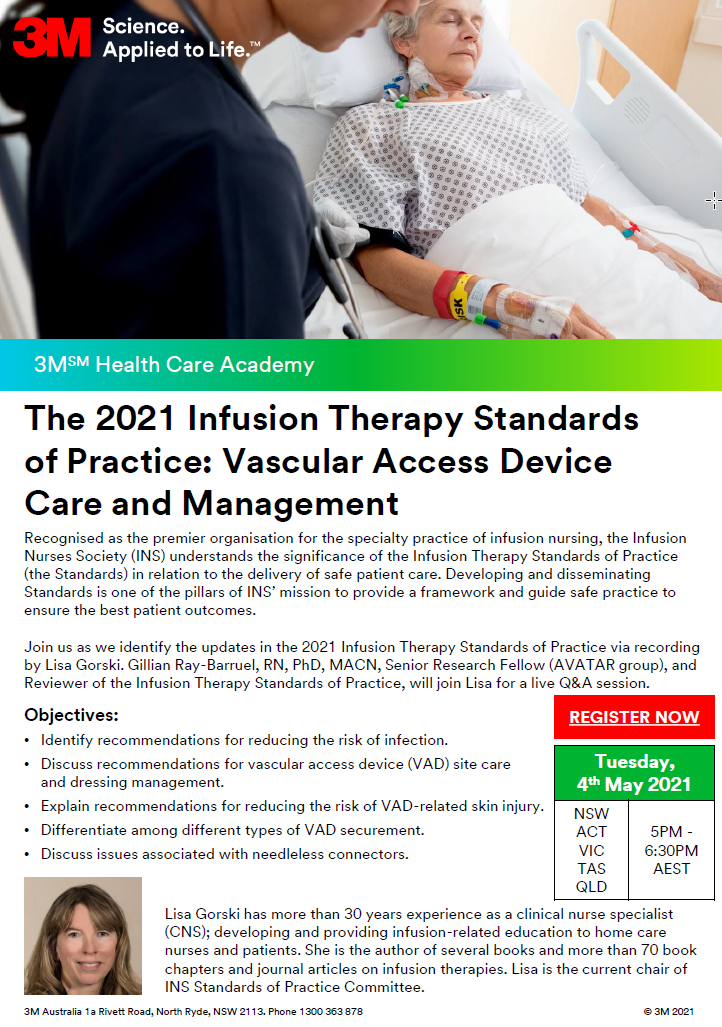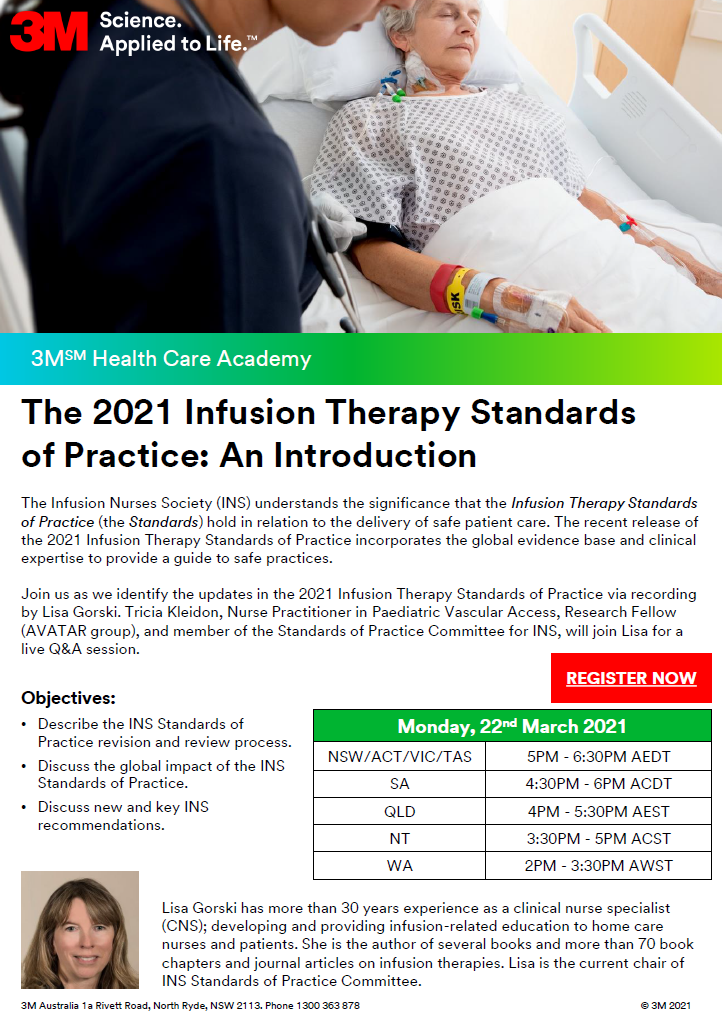PIVCs in the Emergency Department
Posted by Lizzy Ostwald
on 15 July 2021
)
The emergency department is a fast-paced, hectic and often unpredictable environment. In the 2019-2020 financial year, Australian EDs treated 8,236,159 patients, reviewing an average of 22,600 patients per day (1). Often working under duress and having to make clinical decisions within a very narrow timeframe, ED clinicians must quickly identify what a critically unwell patient needs in order to be stabilised (2,3).
Achieving vascular access usually means urgent insertion of a peripheral ...
| Posted in:peripheral intravenous catheterinfection preventioninsertionvascular access devices |
Can I draw blood from a PIVC?
Posted by Lizzy Ostwald
on 7 July 2021
)
Drawing blood from a cannula is a routine practice in some clinical environments. But is this best practice or will the blood become too haemolysed to provide accurate results?
Drawing blood from a peripheral intravenous catheter/cannula (PIVC) is a routine practice in clinical environments such as the emergency department, rationalised as one less invasive test that a patient is subjected to. A PIVC should never be inserted just to draw blood or 'just in case' it's needed late...
| Posted in:peripheral intravenous catheterblood samplingvenepuncture |
Preventing IV complications podcast
Posted by Gillian Ray-Barruel
on 5 July 2021
Those who know me understand how passionate I am about PIVC care!
In this Osler podcast, Dr Todd Fraser and I discuss best practice of PIVC insertion and maintenance, with essential tips for infection prevention and good cannula assessment and management.
If you like this podcast, I encourage you to check out the Osler website and download the free My Osler app. They have lots of excellent education podcasts and learning modules for all kinds of healthcare professionals. ...
| Posted in:peripheral intravenous catheterdressingseducationinfection preventionsecurement |
Free medical education website and app
Posted by Dr Todd Fraser
on 3 July 2021
)
Are you a medical student, junior doctor, paramedic or advanced practice nurse wanting to brush up on your medical knowledge?
Osler is a platform designed to support medical students and junior doctors transition to life on the wards, as well as any healthcare clinicians who strive for excellence by ensuring they are best prepared to care for their patients.
Whether you're starting out as a student, or an expert in your field, whether you're a nurse, a doctor, allied health or p...
| Posted in:educationpatient safety |
PIVC Essentials: Three Tips for New Grads
Posted by Lizzy Ostwald
on 28 June 2021
)
"Hi, I'm Lizzy, and I'm in my final semester of a dual bachelors of nursing and midwifery, and am fortunate to be undertaking a Winter Research program with the AVATAR group. I have decided to focus on tips for a new grad as my first topic as I am going to be a grad at the start of next year, and I believe that a lot of benefit can be gained from easy access to summarised, accurate information."
Coming into the hospital setting as a graduate nurse, or 'grad...
| Posted in:peripheral intravenous cathetercannulaIV managementevidence-based practice |
Vascular Access - Call for Papers!
Posted by Gillian Ray-Barruel
on 17 June 2021
The Australian Vascular Access Society (AVAS) is an association of healthcare professionals founded to promote the vascular access specialty (http://avas.org.au/). Our multidisciplinary membership strives to advance vascular access research, promotes professional and public education to shape practice and enhance patient outcomes, and partners with industry to develop evidence-based innovations in vascular access.
The electronic journal Vascular Access is the official publication of AV...
| Posted in:vascular access devices |
Management of PIVCs - Clinical Care Standard
Posted by Gillian Ray-Barruel
on 9 June 2021
Safe and effective insertion, maintenance and removal of Peripheral Intravenous Catheters has never been easier.
The new Management of PIVC Clinical Care Standard by the Australian Commission on Safety and Quality in Health Care provides straightforward, evidence-based guidance for clinicians. It also describes the care that patients should expect to receive if they have a PIVC inserted during a hospital stay.
For further information and downloadable resources for clinicians and patient...
| Posted in:peripheral intravenous catheterIV managementpatient safetyvascular access devices |
New! Peripheral Intravenous Catheters Clinical Care Standard
Posted
on 5 May 2021
Why we need to re-think our use of PIVCs - hear from the experts
The insertion of a peripheral intravenous catheter (PIVC) or 'cannula' is one of the most common procedures performed in hospital, yet it is associated with a range of problems and can cause significant harm if not managed properly.
REGISTER NOW for the live online launch to mark the release of Australia's Management of Peripheral Intravenous Catheters Clinical Care Standard, which will change our approach t...
| Posted in:peripheral intravenous cathetercannulainfection preventionIV managementpatient safetyIV insertionvessel health |
3M Health Care Academy - The 2021 INS Infusion Therapy Standards of Practice: Vascular Access Device Care and Management
Posted
on 29 April 2021
| Posted in:dressingseducationinfection preventionintravenous catheterIV managementneedleless connectorvascular access devicesguidelines |










